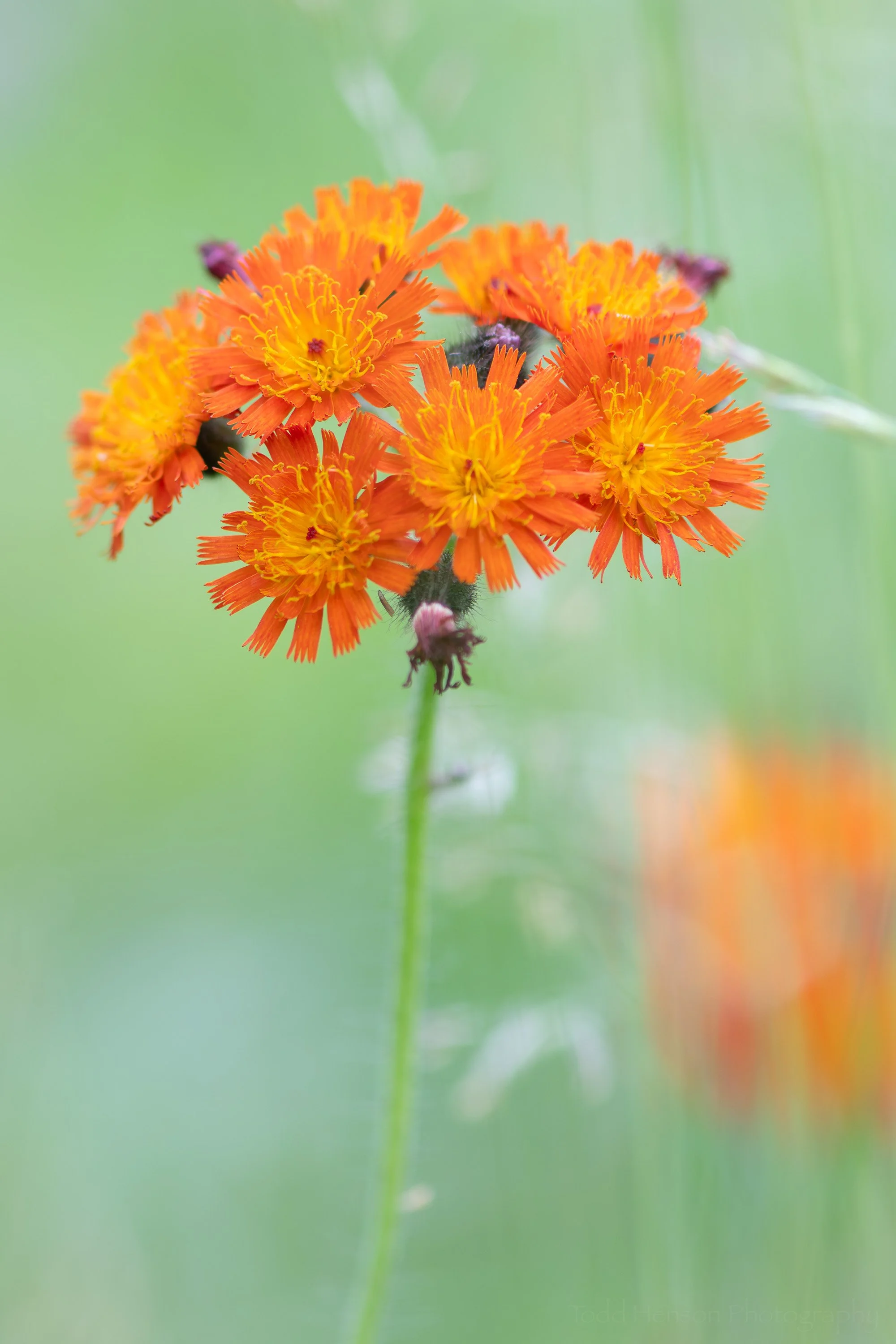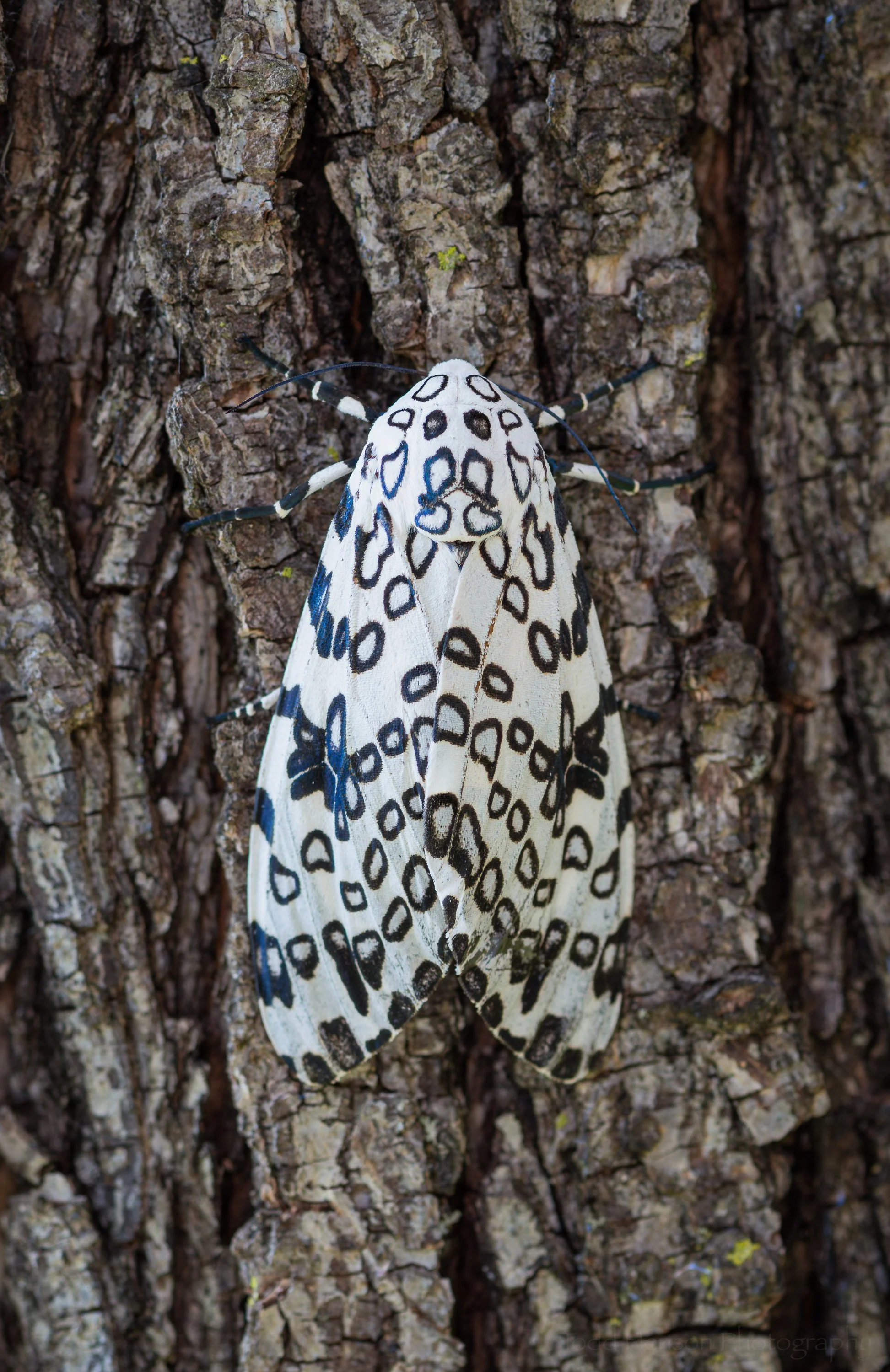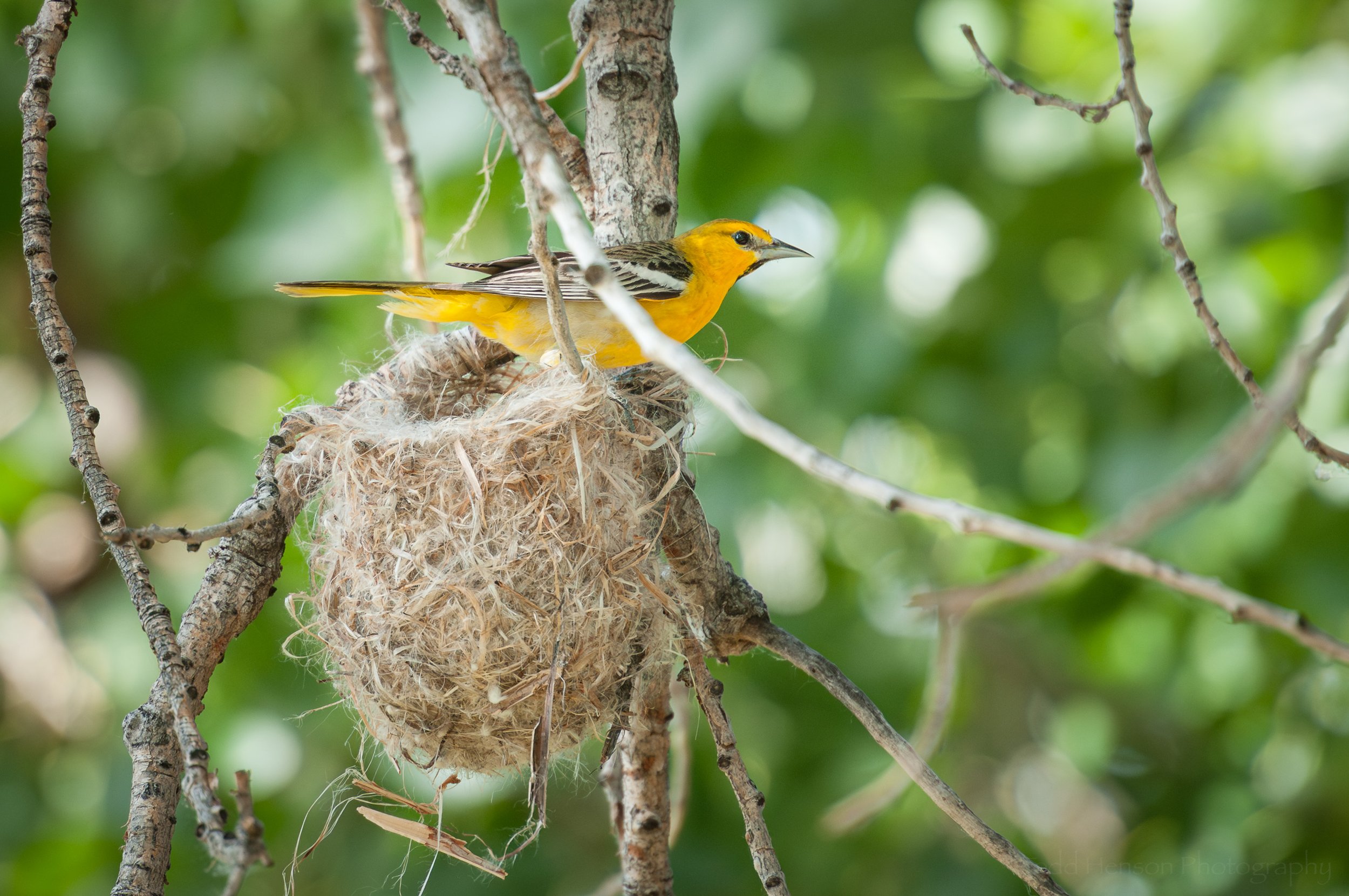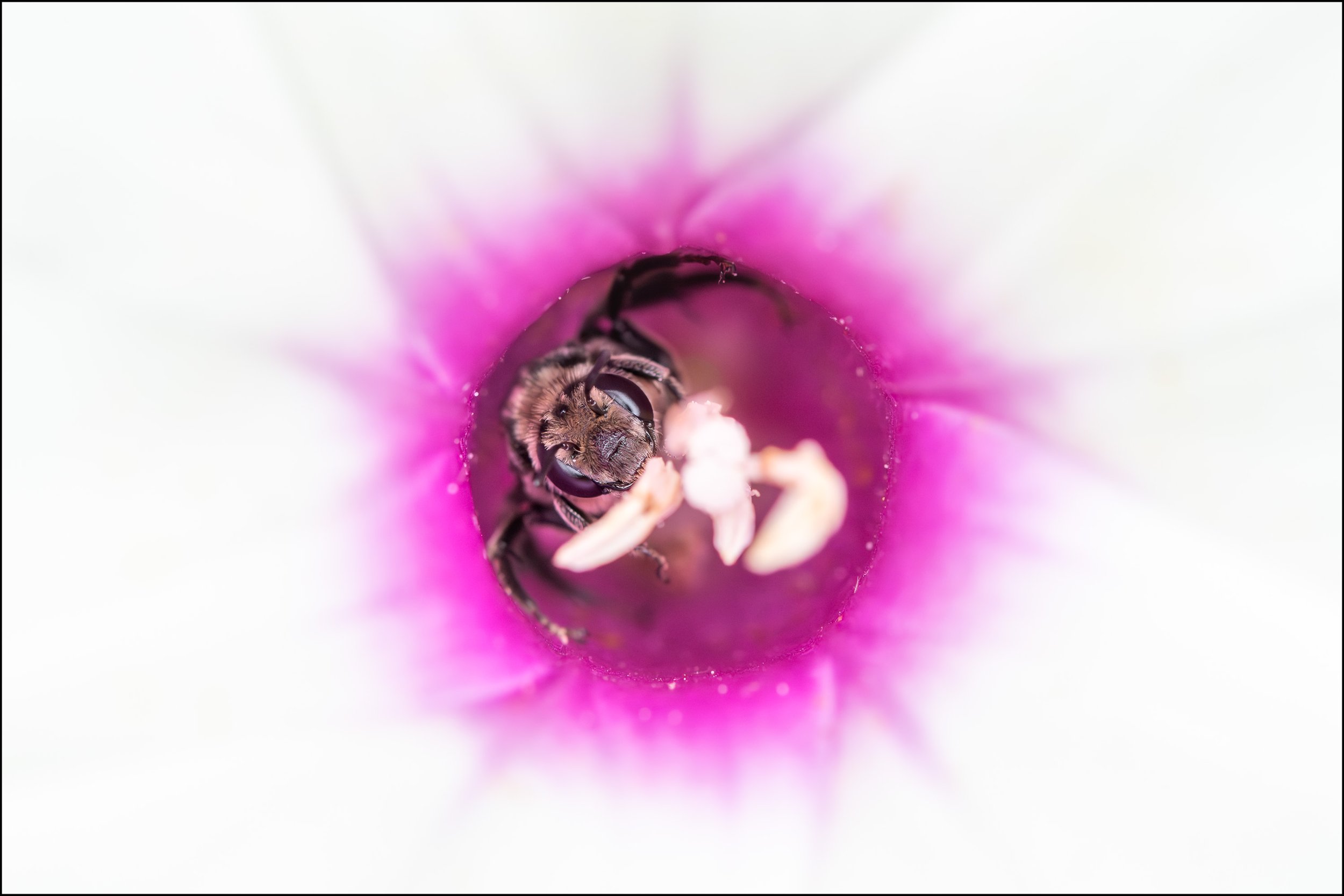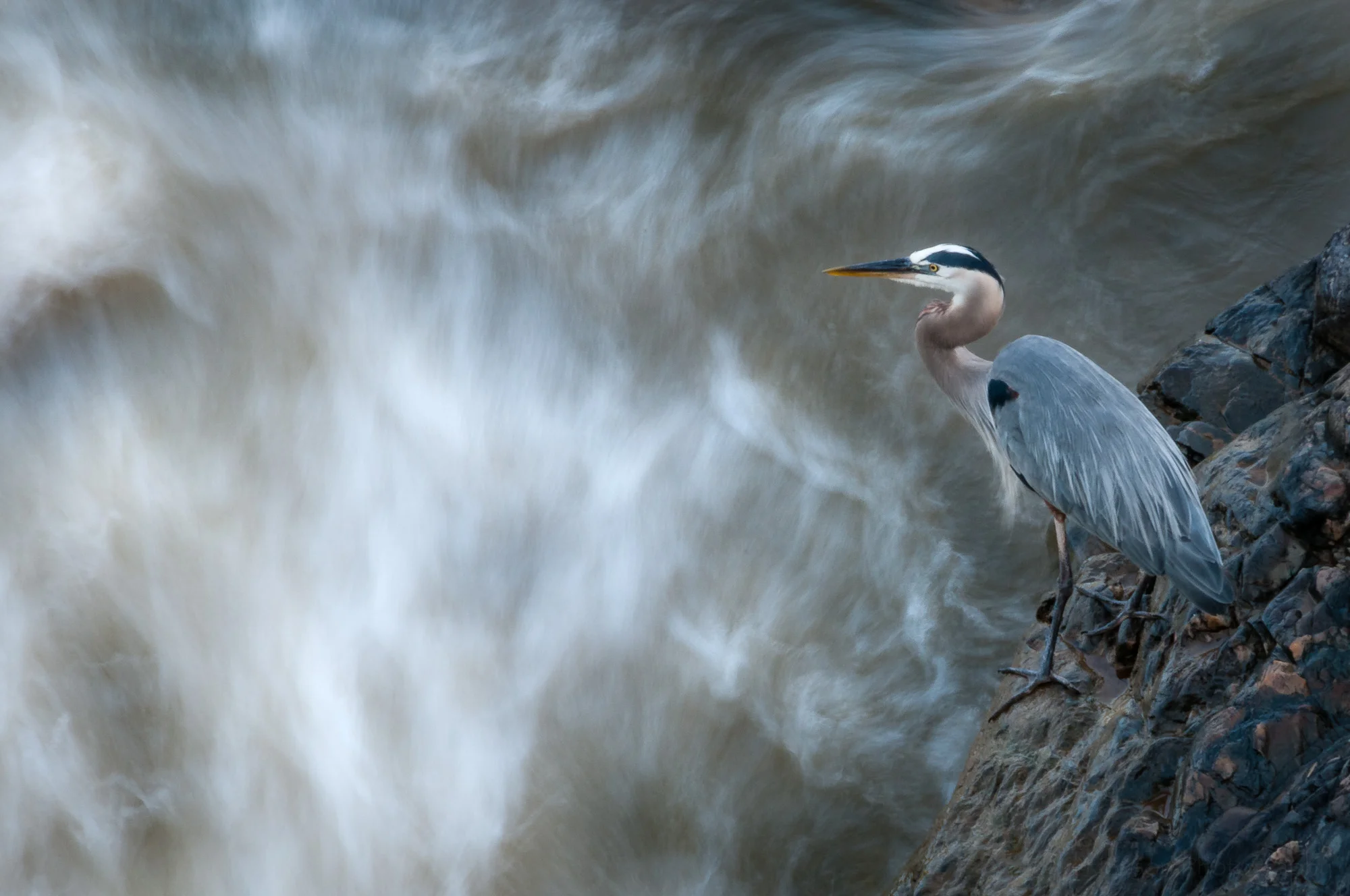A mud dauber working on her nest.
In a previous post we took a look at one of the creatures you may find nesting on the ceiling of those open shelters you’ll find in many parks, namely paper wasps. Today we’ll look at another species of wasp you may see in these locations: mud daubers.
Whereas paper wasps build nests of a paper-like material they create from plant fibers, mud daubers use mud. There are many different species of mud dauber and each builds a different style nest. I believe the mud dauber in these photos is a black and yellow mud dauber. Unlike paper wasps, these mud daubers are solitary creatures, they don’t build colonies. That’s why you only see a single wasp around this nest.
Mud daubers are solitary parasitic wasps.
After she finishes building the nest, which contains a number of hidden cells, the wasp will begin capturing spiders and paralyze them with her sting. She’ll put several of these paralyzed creatures in each cell within the nest and then lay an egg in the cell. When she’s finished she seals the nest and leaves her eggs behind. The eggs are then on their own, hatching into larvae, which spin a cocoon and enter the pupal stage before finally emerging as adult mud daubers.
After completing her nest the mud dauber will leave her eggs to develop on their own.
Mud daubers tend to be less aggressive than many wasps, but it’s still safer not to antagonize them. Give them space and be happy to observe from a safe distance.
Do you enjoy these posts?
Sign up to receive periodic emails with updates and thoughts. Don’t worry, I won’t spam you. And please consider purchasing artwork or products from my online store, and using my affiliate links in the sidebar to the right when shopping online.
I appreciate your support!
